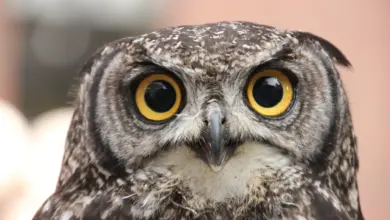Rufous-thighed Hawks
The Rufous-thighed Hawks
The Rufous-thighed Hawks (Accipiter erythronemius) is a subspecies of the Sharp-shinned Hawk (Accipiter striatus).
Distribution
The Rufous-thighed Hawks are widespread in eastern South America in eastern and southern Brazil, Uruguay, Paraguay, north-eastern Argentina, and south-eastern Bolivia.
It is, as far as known, resident in some regions and migratory in others. The movements are generally poorly understood, but they only occur seasonally in some localities in Argentina.
Habitat
It occurs in a wide range of woodland and forest types, both dominated by conifers and various types of broad-leaved trees (especially oaks). The Rufous-thighed Hawk is found in tropical and subtropical regions; both in lowlands and highlands.
Appearance
Males are 24 to 30 cm (9.5 to 12 in) long, have a wingspan of 52 to 58 cm (20 to 23 in), and weigh from 87 to 114 g (3.1 to 4 oz). As common in Accipiter hawks, females average distinctly larger at a length of 29 to 37 cm (11.5 to 14.5 in), a wingspan of 58 to 68 cm (23 to 27 in), and a weight of 150 to 218 g (5.3 to 7.7 oz).
Adults have short broad wings and a long square-ended tail banded in blackish and grey (often narrowly tipped white). The remiges (flight feathers – typically only visible in flight) are whitish barred blackish. Legs yellowish. The hooked bill is black and the cere (soft skin surrounding the nostrils) is yellowish.
Species ID:
The Rufous-thighed Hawks resemble the nominate group, but the upperparts darker, streaking to underparts rufous or dusky, cheeks typically with a clear rufous patch (occasionally lacking almost entirely) and iris yellow (contra illustrations in some books).
Juveniles resemble juveniles of the nominate group, but streaking to underparts typically restricted to throat and central underparts, with flanks scaled or barred (often also belly).
The Rufous-thighed Hawk is commonly confused with the Roadside Hawk (with a very different shape). The Bicolored Hawk is the only other Accipiter within the range of erythronemius which may show yellow eyes and rufous thighs, but it has a different pattern below.
Food and hunting
These birds surprise and capture all their prey from cover or while flying quickly through dense vegetation. They are adept at navigating dense thickets.
The great majority of this hawk’s prey is small birds, especially various songbirds such as sparrows, wood warblers, and American Robins. Birds caught have ranged in size from a 4.4-g Anna’s Hummingbird to a 577-g (1.2-lb) Ruffed Grouse and any bird within this size range is potential prey. Typically, males will target smaller birds, such as sparrows, and females will pursue larger prey, such as American Robins and flickers. They often pluck the feathers off their prey on a post or other perch.
Rarely, sharp-skinned hawks will also eat rodents, lizards, frogs, snakes, and large insects.
Reproduction
Sharp-shinned Hawks will construct a stick nest in a large conifer or dense group of deciduous trees. Clutches of 3 to 8 eggs have been recorded, but are usually 4 to 5 eggs. The eggs measure 37.6 x 30 mm (1.48 x 1.18 in) and weigh about 19 g. The eggs are prized by egg collectors because they are heavily marked with surprisingly colorful and varied markings. The incubation period is thought to average about 30 days.
After hatching, the young are brooded for 16 to 23 days by the female, while the male defends the territory and catches food. The young fledge at about a month old and rely on their parents for feeding and protection for another 4 weeks.
The nesting sites and breeding behavior of Sharp-shinned Hawks are generally secretive, to avoid the predation of larger raptors, such as the Goshawk and the Cooper’s Hawk. While in migration, adults are sometimes preyed on by most of the bird-hunting, larger raptors, especially the Peregrine Falcon.



